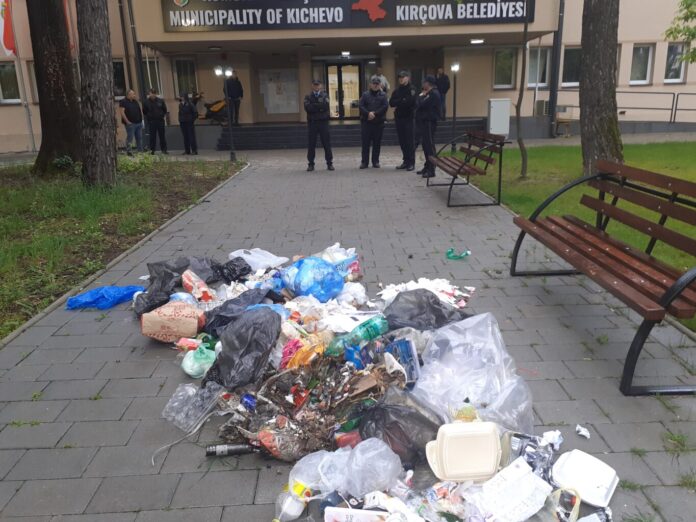Finland’s largest age groups are now children of the recession

Population|« Younger age groups do not realize that they have the same opportunity as the big age groups. »
Finnish The scepter of the largest age groups has moved from the 1980s to the 1990s. When comparing the size of the age groups on a year of birth, the two top positions are now in children of recession: in 1990 and 1992.
At the end of 2023, just under 77,000 were born in each year, according to Statistics Finland’s information. The 1983 age group, previously number one, was pushed in third place.
Today’s thirties would have the opportunity to influence the leadership of the regional and municipal elections that are central. Do the largest age groups intend to exercise their power?
Research Manager of the Association of Municipalities Marianne Pekola-Sjöblom He says that there are about 4,400 candidates in these municipal elections in the 30-39 year-olds. Their share of all candidates is less than 15 %.
« If and when Finland’s largest age groups are born in the early 1990s, it can be said that their influence could be more strongly reflected in the elections, » Pekola-Sjöblom says.
The turnout has met a little over 30 % for being better than those under the age of 30, but worse than in the older ones.
As a whole According to Pekola-Sjöblom, it can say that the turnout of different age groups rises higher than until the age of about 70.
« As soon as the first time it has been voted in the twenties, the voting flaming is higher than that of a year older. But with age rising from about 22, the turnout rises steadily to over 70 years. »
Assistant Professor of General Political Science Hanna Wass However, the University of Helsinki warns of generalization.
« It is obsolete that young people would be more passive from one generation to the next than middle-aged or slightly older. It is essential here how generations differ. »
Wass recommends seeing what kind of key experiences of youth each generation have.
« Those born in the 1990s are a generation of information technology, internationality, terrorism experiences and school shootings. One could say that they have fractured a certain security. »
According to Wass, that generation has also been strongly multicultural in Finland.
« In 2023, 13 % of all of Finland’s 30-34 year olds were one of Finland. It is a lot, the focus is on that generation. »
Pekola-Sjöblom of the Association of Finnish Local and Regional Authorities adds that the candidates for these elections that were born around the art of the 1990s show the gender difference.
« There are relatively more female candidates than male candidates. »
Women are also becoming more and more selected. The proportion of women in both the candidates and those elected have emerged mainly from the election, but still the proportion of men in the elected ones is still greater than their proportion of candidates.
Reader According to Wass, it is interesting that there is a strong assumption in Finland that voting is somehow a pensioner or an area.
According to the researcher, the idea is that it is difficult for Finland to make long -lasting or future solutions, as the plug is on active older age groups.
« After all, it may not be endless. We see that the demographic structure is constantly changing its shape. There is a lot of change in change. Younger age groups themselves do not realize that they have the same opportunity as the big age groups had in their time, » Wass says.




:format(webp)/s3/static.nrc.nl/wp-content/uploads/2025/05/07140626/data131882325-46b0f8.jpg)



